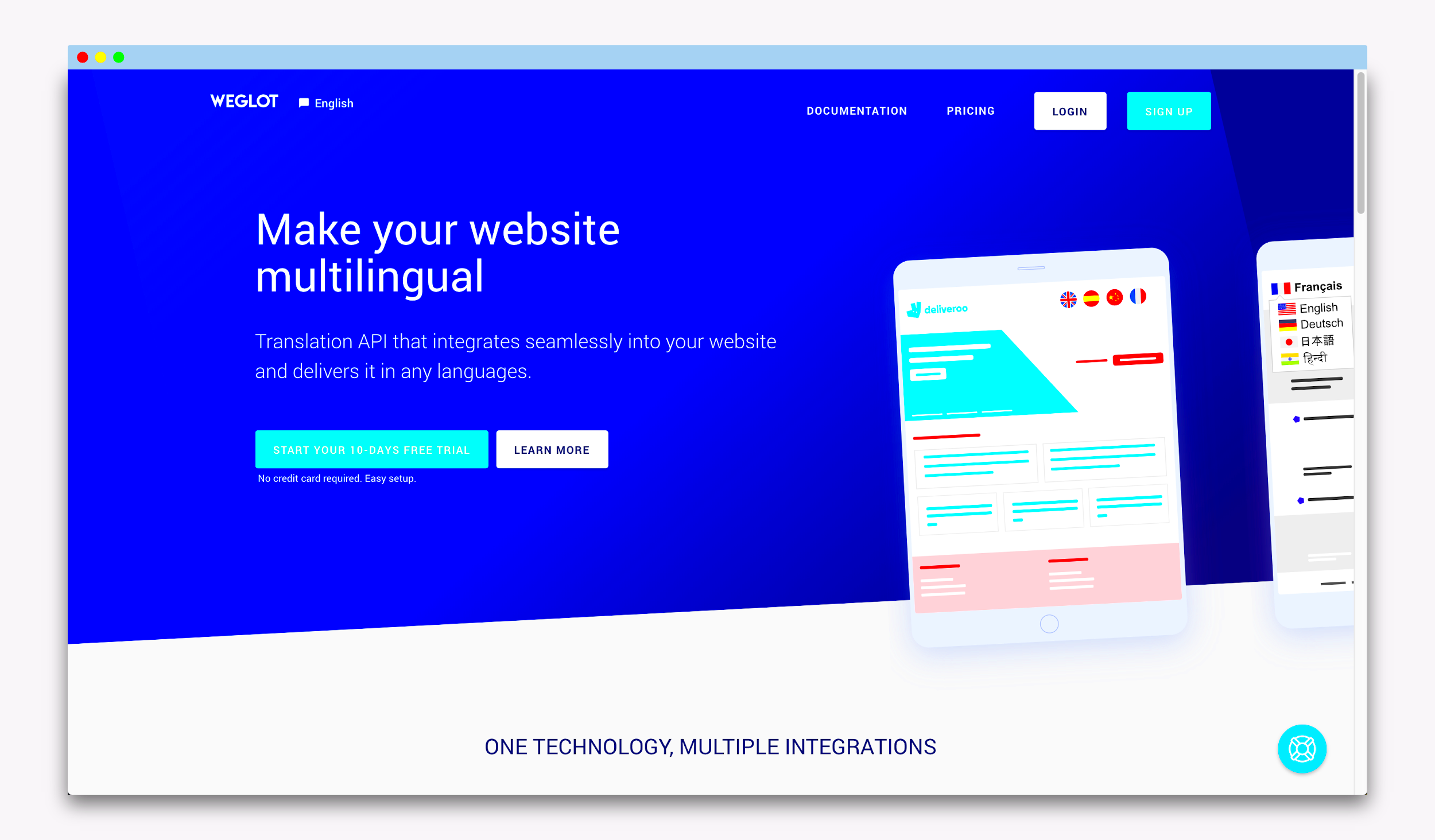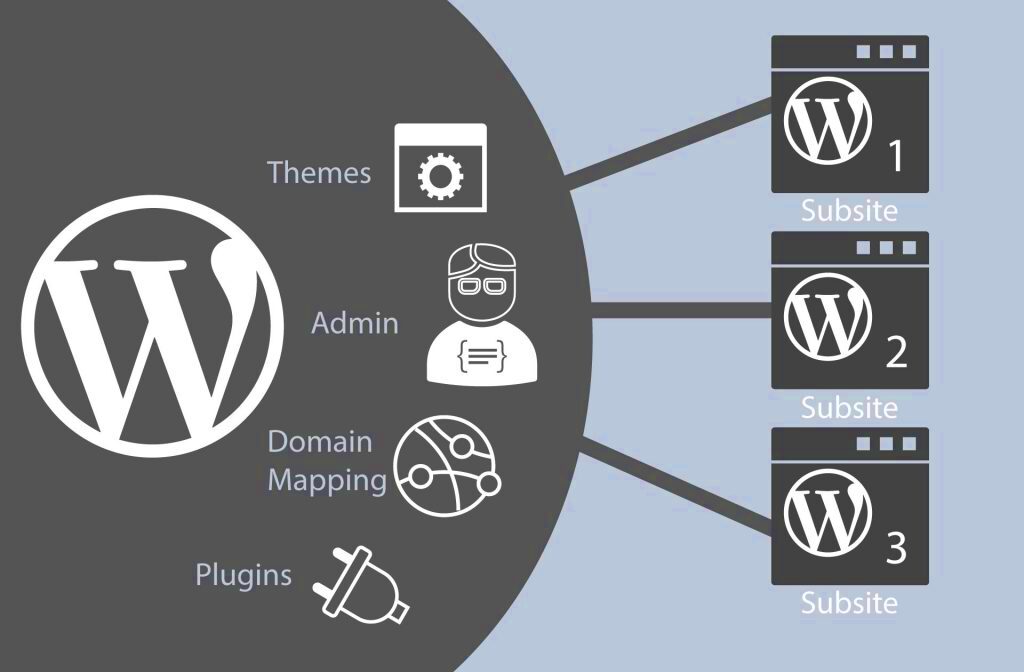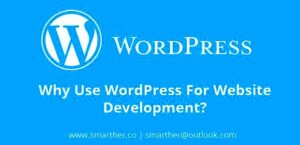In today’s globalized digital world, multi-locale websites have become a game-changer for businesses looking to expand their reach. A multi-locale website caters to audiences across different regions, languages, and cultures. It’s not just about translating your content; it’s about understanding and resonating with diverse audiences. If you’re utilizing WordPress, you have fantastic tools at your disposal to set up and maintain a multi-locale site. In this post, we’ll dive deeper into what makes these websites tick and why they are crucial for your brand’s success.
Understanding the Importance of Localized Content

When we talk about localized content, we’re referring to content that is not just translated but culturally adapted to feel native to the target audience. Here’s why localized content is essential:
- Enhanced User Experience: Users appreciate content that feels familiar and relates to their culture. Localizing ensures that they get a seamless experience, making them more likely to engage with your brand.
- Higher Conversion Rates: Research shows that customers are more inclined to make purchases when they see content in their native language or context. Localized websites can significantly improve your sales figures.
- Cultural Relevance: Understanding local customs, idioms, and preferences leads to better communication. This helps avoid cultural faux pas that could alienate potential customers.
- SEO Advantages: Localized content can help target local keywords more effectively. This can improve your search rankings in various languages and regions.
To wrap it up, if you’re skipping out on localization, you could be missing out on significant opportunities. Instead, take a strategic approach to tailor your content for different locales for better audience connection and business growth.
Choosing the Right Plugin for Multi-Locale Support
When it comes to handling multi-locale websites in WordPress, selecting the appropriate plugin is crucial. With a plethora of options out there, it might feel overwhelming at first, but don’t worry! Let’s break down some of the best plugins and what you should consider when choosing one.
Here are a few popular plugins that are well-regarded in the WordPress community:
- WPML (WordPress Multilingual Plugin): This is arguably the most popular choice for creating multilingual sites. It’s user-friendly, offers extensive support, and ensures SEO-friendly URLs.
- Polylang: Polylang is great for those who prefer a free solution. It allows you to create bilingual or multilingual content easily and has a straightforward interface.
- TranslatePress: With TranslatePress, you can translate your website directly from the front end, which makes the process intuitive. Plus, it supports automatic translation through Google Translate.
When selecting a plugin, consider the following factors:
- Ease of Use: A user-friendly interface can save you heaps of time.
- SEO Capabilities: Make sure the plugin offers good SEO features to help your content rank well in different languages.
- Support and Updates: Check if the plugin is well-supported and regularly updated to ensure compatibility with the latest WordPress versions.
- Customizability: Some plugins offer more flexibility in customization than others, so choose according to your website needs.
By ensuring these factors align with your specific requirements, you can elevate your website’s multi-locale capabilities. Happy plugin hunting!
Configuring Your WordPress Settings for Multiple Languages
Once you’ve chosen the right plugin for your multi-locale website, the next step is configuring your WordPress settings to make it multilingual-ready. This process is crucial for delivering a seamless experience for users across various languages.
Here’s a step-by-step guide to help you through the configuration process:
- Install and Activate the Plugin: Head over to the WordPress admin panel, go to ‘Plugins,’ and install your chosen multilingual plugin. After installation, activate it.
- Select Your Languages: Most plugins will prompt you to choose the languages you want to support. Select your primary language first and then add any additional languages.
- Set Up Language Switcher: A language switcher makes it easy for users to switch languages. Look for this option in your plugin settings and customize the appearance of the switcher according to your site’s design.
- Translate Your Content: Start translating your pages and posts! Depending on the plugin, you might be able to do this directly within the editor or in a separate translation management interface.
- Configure SEO Settings: Don’t forget to optimize for search engines! Many multilingual plugins have built-in SEO options, so ensure you’ve set up the correct URL structures and meta information for each language version.
Finally, don’t forget to test your site after configuration to make sure everything is functioning as expected. Familiarize yourself with the various language options, link structures, and user experience to ensure your audience has a smooth journey across all locales. Multi-locale websites don’t have to be intimidating—the right configurations can make a world of difference!
Creating and Managing Translations
When it comes to creating and managing translations for your multi-locale WordPress website, the goal is to make the process as smooth and efficient as possible. Let’s dive into some best practices that can ease your journey.
First, choosing the right translation plugin can make all the difference. Some popular options include:
- WPML (WordPress Multilingual Plugin) – Extremely popular, WPML allows you to create and manage multilingual content seamlessly. It’s user-friendly and well-supported.
- Polylang – Another solid alternative, Polylang offers a free version that covers basic localization needs without being overwhelming.
- TranslatePress – This plugin lets you translate your site directly from the frontend, providing a visual way to see changes in real-time.
Once you’ve chosen a plugin, the next step is to plan your content strategy. Here are a few tips:
- Content Prioritization: Decide which content is most essential for translation. Prioritize key pages like your homepage, product descriptions, and contact information.
- Consistent Terminology: Create a glossary for common terms. This will help maintain consistency across different languages.
- Regular Updates: Keep translations up to date with your primary content. If you add new features or products, ensure they’re appropriately translated.
Lastly, involving native speakers or professional translators can greatly enhance the accuracy and cultural nuances of your content. In a multi-locale setting, it’s essential not just to translate words, but to convey the right message!
SEO Best Practices for Multi-Locale Websites
Search Engine Optimization (SEO) is crucial for every website, and multi-locale sites are no exception. However, there are unique considerations and strategies when optimizing your site for different languages and regions.
First, ensure you use hreflang tags. These HTML attributes tell search engines which language and regional version of a page should be shown based on the user’s location. A sample table illustrating the use of hreflang tags might look like this:
| Language | Region | Hreflang Tag |
|---|---|---|
| English | United States | en-US |
| Spanish | Spain | es-ES |
| French | Canada | fr-CA |
Secondly, localizing your keywords is crucial. Don’t just translate keywords directly; take into account local search behavior. Use tools like Google Keyword Planner or SEMrush to find popular search terms in different markets.
Additionally, consider setting up country-specific domains, such as .co.uk for the UK or .ca for Canada, as this can enhance your site’s credibility in those regions. Alternatively, using subdirectories or subdomains can be effective too.
Finally, creating quality, localized content is key. Writing blogs, FAQs, or engaging in local culture will not only boost your SEO but also build trust with your audience. Remember, different cultures have different needs; catering to those can set your site apart!
Testing and Optimizing User Experience Across Languages
When it comes to multi-locale websites, testing and optimizing user experience is crucial. Since not every audience speaks the same language or shares the same cultural nuances, your website must cater to each locale effectively. Here are some strategies to consider:
- Language Switcher Functionality: Ensure that your language switcher is easily accessible. Users should effortlessly switch between languages without losing their place on the site.
- Content Testing: Conduct A/B testing on localized versions of your content. This will help you gauge which phrases resonate best with your target audience.
- Load Time: Page speed can vary across regions. Use tools to monitor your website’s performance in different locales. Optimizing for speed ensures a smoother user experience.
- Responsive Design: Make sure that your design is mobile-friendly and responsive across different languages. Text lengths can vary drastically between languages, affecting layout.
- User Feedback: Actively seek out feedback from users in different regions. Surveys and usability tests can provide invaluable insights into how users perceive your website.
In addition to these strategies, consider employing analytics tools to track user behavior across languages. Understanding how users from different locales interact with your site can guide your optimization efforts moving forward. Ultimately, prioritizing user experience will lead to higher engagement, better conversion rates, and ultimately a successful multi-locale website.
Maintaining Consistency in Branding and Messaging
When operating a multi-locale website, maintaining consistency in branding and messaging is essential for establishing a cohesive identity across different markets. Here are a few key points to consider:
- Unified Visual Elements: Incorporate consistent logos, colors, and design elements. This reinforces brand recognition, no matter the language or culture.
- Localized Brand Voice: While keeping your core message unchanged, tailor your tone and style to fit cultural expectations. What works in one country may not resonate in another.
- Clear Guidelines: Develop a style guide that outlines how your brand should be communicated across various languages. This can include tone, vocabulary, and even cultural references.
- Translators with Cultural Insights: Hire professional translators who understand both the language and the local culture. They can ensure that your messaging feels natural and authentic.
- Regular Audits: Periodically review all language versions of your site to ensure consistency. Make adjustments as necessary to keep everything aligned.
By focusing on these aspects, you’ll be better equipped to create a unified brand experience that resonates with audiences in every locale. Remember, consistency in messaging doesn’t mean sounding robotic; it means delivering a reliable experience that feels welcoming and engaging, no matter where your users are coming from.
Conclusion and Next Steps
In conclusion, managing a multi-locale website in WordPress can be a complex but rewarding endeavor. By utilizing the right strategies and tools, you can create a seamless experience for users across various languages and regions. Here are some best practices and tools to consider:
- Choose the Right Plugin: Opt for plugins like WPML, Polylang, or TranslatePress that cater to your specific needs and offer robust localization features.
- Consistent SEO Strategy: Make sure to optimize each language version for SEO, including localized keywords and meta tags.
- Content Localization: Don’t just translate words; adapt your content to meet the cultural and contextual nuances of each locale.
- Use a Comprehensive Framework: Consider frameworks like Multisite that allow better management of content across multiple domains or subdomains.
- Regular Updates and Maintenance: Keep your plugins and themes updated to ensure compatibility and security.
- Testing Across Regions: Regularly test your website for functionality and user experience across different locales.
Taking these steps will not only enhance user experience but also improve your site’s reach and engagement on a global scale. As you progress, consider analyzing performance metrics to continuously refine your approach and ensure your multi-locale website remains effective and user-friendly. With the right strategies in place, your WordPress site can thrive in multiple languages, catering to a diverse audience worldwide.



